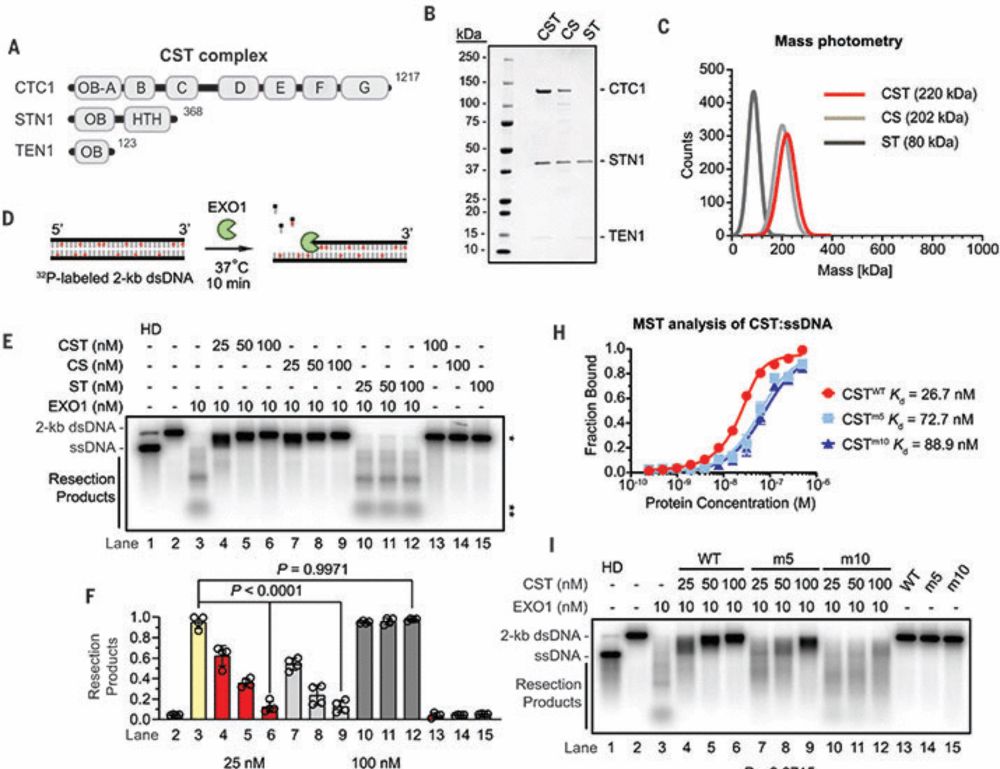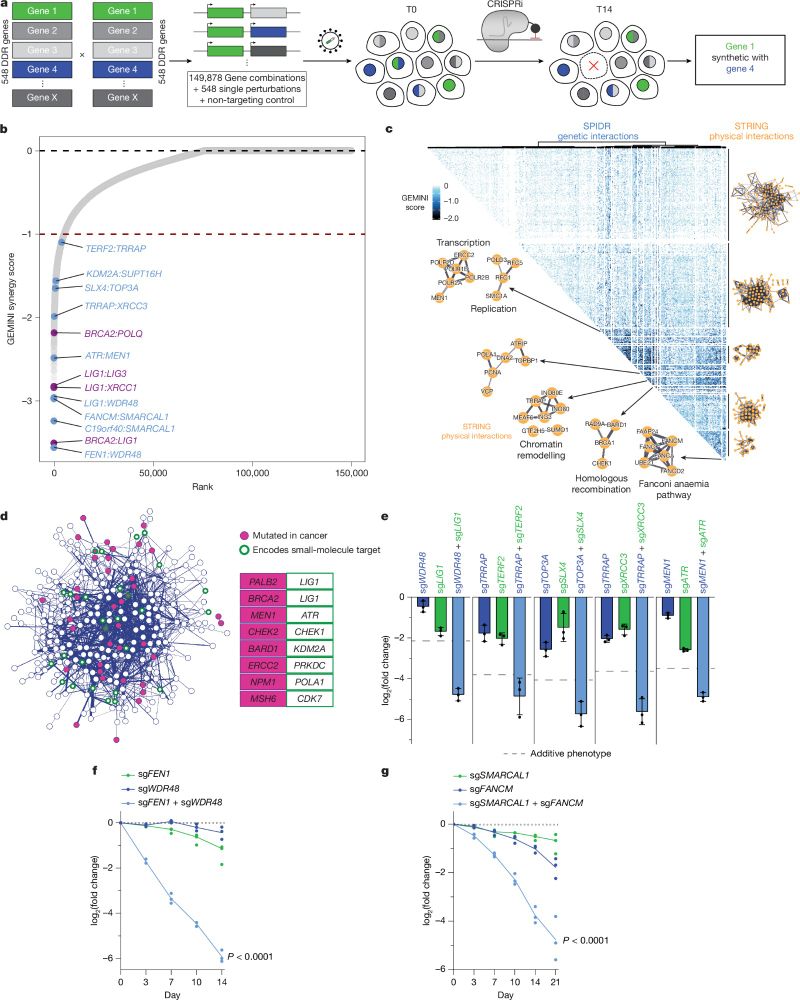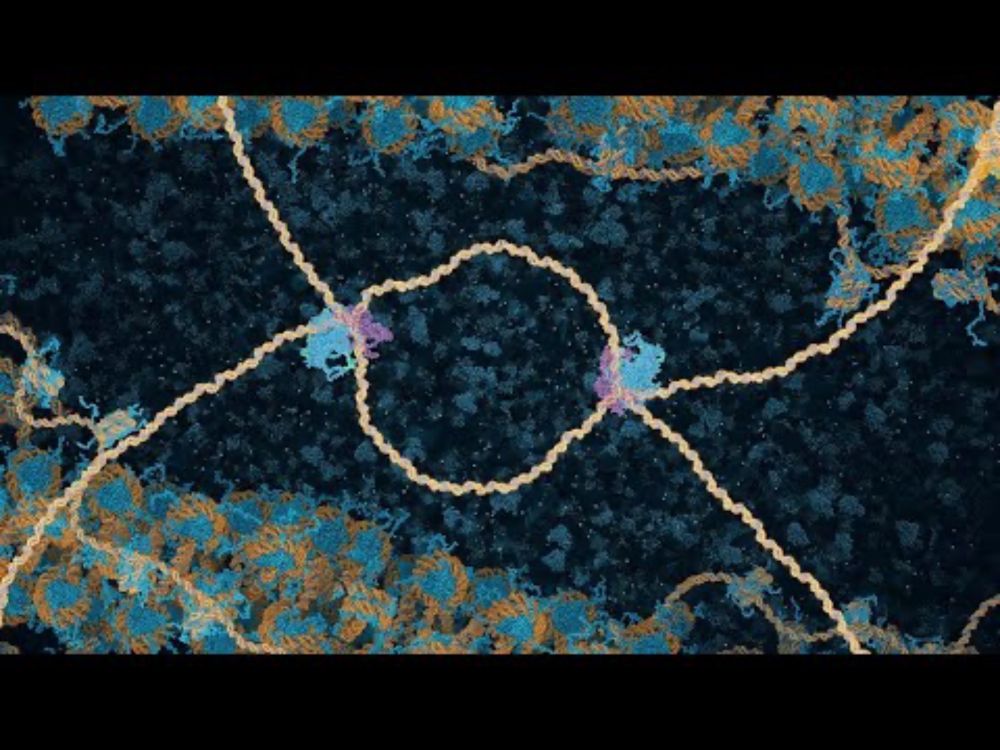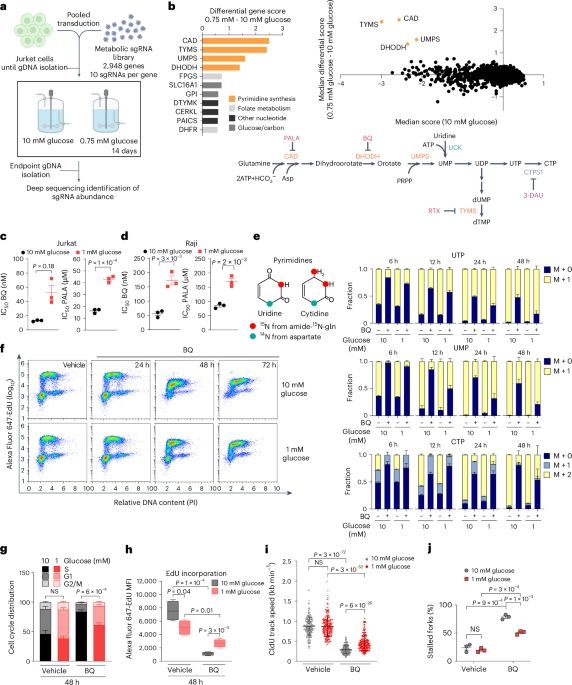University of Birmingham, UK

@profstewartlab.bsky.social @Jo Morris, @Aneika C. Leney, @drjhujh.bsky.social
www.nature.com/articles/s41...

Many thanks to @lisaheinke.bsky.social for the opportunity to write this TotT!

Many thanks to @lisaheinke.bsky.social for the opportunity to write this TotT!
I was amazed how well it worked on first try (I'm sure that I can completely eliminate unspecific bands)
#WesternBlot #cellsky

I was amazed how well it worked on first try (I'm sure that I can completely eliminate unspecific bands)
#WesternBlot #cellsky
www.nature.com/articles/s41...
www.nature.com/articles/s41...



@profstewartlab.bsky.social @Jo Morris, @Aneika C. Leney, @drjhujh.bsky.social
www.nature.com/articles/s41...

@profstewartlab.bsky.social @Jo Morris, @Aneika C. Leney, @drjhujh.bsky.social
www.nature.com/articles/s41...
www.jobs.ac.uk/job/DLY086/s...

www.jobs.ac.uk/job/DLY086/s...
www.keystonesymposia.org/conferences/...
www.keystonesymposia.org/conferences/...
academic.oup.com/nar/article/...

academic.oup.com/nar/article/...
DNA Break Repair by Homologous Recombination
youtu.be/Xe-83tBcxhs


Congrats @richpossemato.bsky.social & team for the very cool work!
www.nature.com/articles/s42...

Congrats @richpossemato.bsky.social & team for the very cool work!
www.nature.com/articles/s42...
Our latest review delves into the critical roles of ubiquitin E3 ligases in safeguarding genome integrity and their implications in human diseases.
@drjhujh.bsky.social @profstewartlab.bsky.social
portlandpress.com/biochemj/art...

Our latest review delves into the critical roles of ubiquitin E3 ligases in safeguarding genome integrity and their implications in human diseases.
@drjhujh.bsky.social @profstewartlab.bsky.social
portlandpress.com/biochemj/art...

